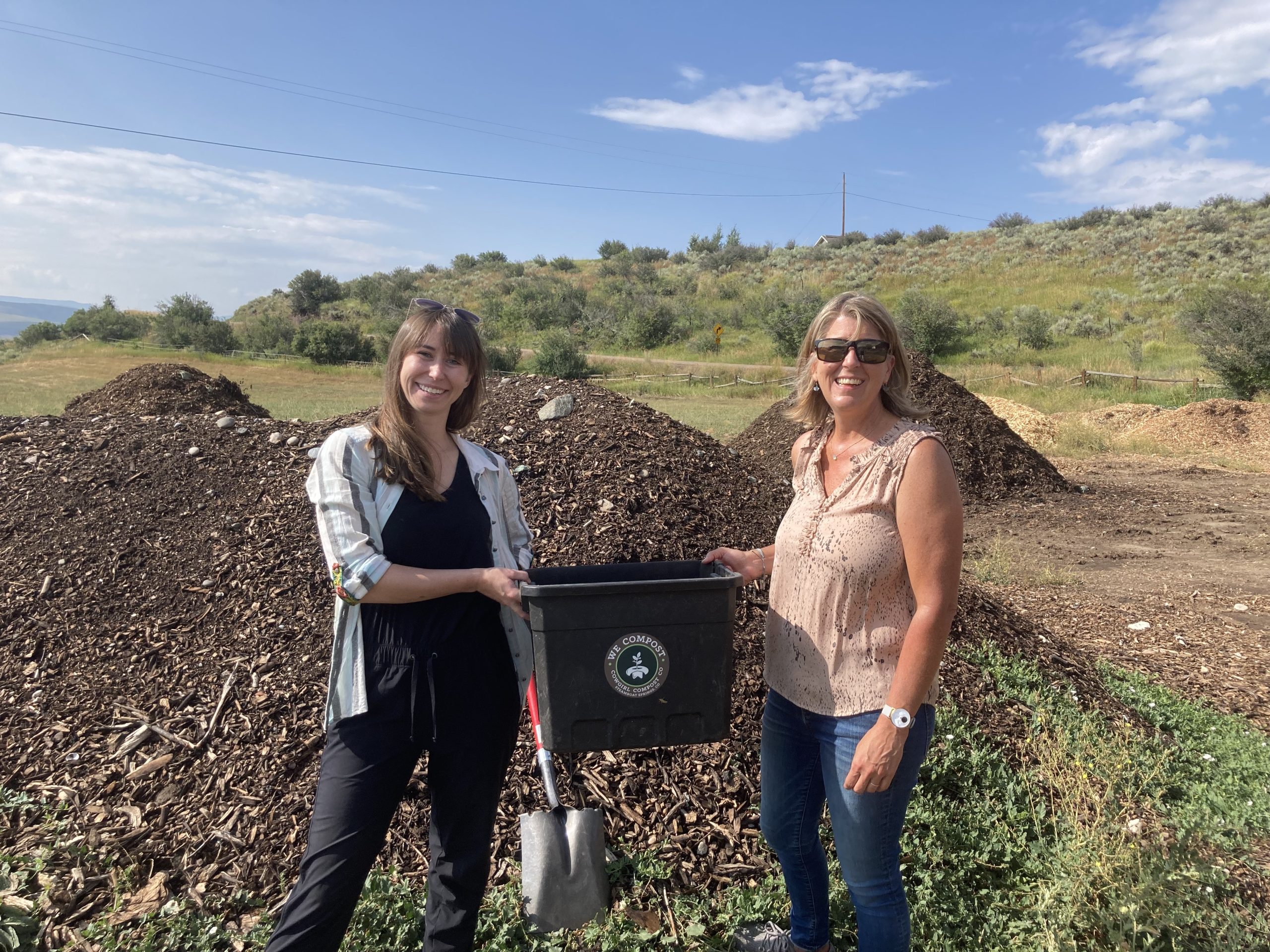JUNE 24, 2018 BY
Colorado could be using California’s rules by end of 2018
The idea is that relying on available technologies in clean-energy delivery and using cost-effective strategies will boost the state’s chances of meeting its goal of reducing greenhouse gases by 26 percent in that time frame, Hickenlooper’s office said in a statement.
“Colorado has a choice. This executive order calls for the state to adopt air quality standards that will protect our quality of life in Colorado,” Hickenlooper said in the statement. “Low-emissions vehicles are increasingly popular with consumers and are better for our air. Every move we make to safeguard our environment is a move in the right direction.”
The announcement was met with concern from Colorado’s auto dealers, mostly because it leans too much on another state’s programs, where standards and vehicle market share are much different. In particular, nearly 75 percent of Colorado’s registered vehicles are considered trucks, such as pickups and SUVs, whereas California’s figure stands at 53 percent.
“We have serious concerns about a local government board ceding its authority to another state board (California) that has no accountability to the citizens of Colorado,” said Tim Jackson, CEO and president of the Colorado Automobile Dealers Association. “In California, they test their air quality in places such as San Francisco and San Diego, not in Aspen, Telluride, or even Denver or Colorado Springs.”
Conservationists and environmentalists applauded the executive order.
“(The order) shows that Coloradans are committed to cutting air pollution for the sake of our health, economy and environment,” said Maria Handley, acting executive director for Conservation Colorado.
“Adopting clean-car standards means fewer bad-air days and a better quality of life for citizens across our state,” said Garrett Garner-Wells, director of Environment Colorado.
But the Alliance of Automobile Manufacturers has said there’s no lack of new vehicles coming to market, nor a lack of rules and other mandates. Rather, the dearth is in the number of customers. Vehicle incentives are critical to the success of any new programs, the alliance has said, pointing to Colorado’s own Senate Bill 47, which unsuccessfully aimed to repeal 25-year-old income tax credits given for the purchase of innovative motor vehicles and trucks.
In California, state support for the LEV program has included $2.5 billion in investments over the next seven years to include 250,000 electric-vehicle charging stations and 200 hydrogen fueling stations, and has already offered $430 million in vehicle incentives through 2017.
The order runs contrary to a Trump administration move in April, when it announced an intent to roll back vehicle greenhouse gas and fuel-efficiency standards beginning with the 2022 model year. Saying it runs contrary to the state’s goal of reducing carbon dioxide emissions by 2030, Colorado is using the federal Clean Air Act to take up California’s stricter standards for alternative vehicles. Twelve other states — nearly all of them along the West and East coasts — and the District of Columbia have already done so, instituting programs that would require the sale of a specified percentage of low-emission and zero-emission vehicles.
Colorado becomes the third interior state — after New Mexico and Arizona — to take on the California standard. New Mexico adopted California’s rules for the federal standard in 2007 but ditched them in 2013; Arizona did so in 2008, but a new governor repealed them in 2012.
“This is really daring on the governor’s part to put a mountain state in the mix of the coastal states,” Jackson said. “It has never been tried and I’m not sure how much it will cost consumers.”






